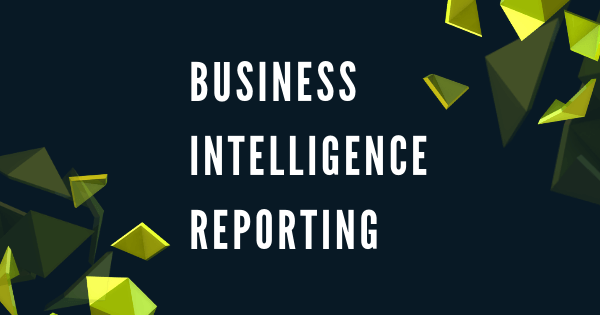
Business intelligence is a complement of certain tools or techniques that businesses use to collect, analyze, and present information. With business intelligence tools, data from external or internal systems is processed. When the data is assembled and analyzed, queries are generated to be used for making reports that the businesspeople use in decision making. This article digs deep into all purposes of BI and more on one of its essential components, business intelligence reporting.
BI Reporting Meaning
This is a type of business intelligence that concentrates on the visualization of information in various ways like tables, charts, and graphs. The theme of representing data in the graphical method is to create information understandable to all users accurately.
At first, data made through visualization was very static. Due to this, it couldn’t be manipulated through visualization. As days go by, business changes globally, and with that, the reporting evolves more. This interaction has become essential to make the best decisions.
With business intelligence reporting, manipulation of data like filtering information can be used by non- technical employees unlike in the past where it was only used by data analysis experts.
Ad hoc reporting has recently been created. It helps the users to make reports from scratch and edit all of the stored reports. Reporting also has another large ability and that is to make reports in other various formats, like the ability to send data to a PDF and the like. Furthermore, there is also report bursting, which involves the sending of one report to too many users at the same time. With it, a lot of time that is used to create and send a report to each person is saved.
How Business Intelligence Reporting Works
Those people who write reports make use of tools differentiate things like graphics and data sources that are important when presenting reports. Such reports, a kind of enterprise reporting, are used by end-users to make dashboards from the application of webs directly. With it, all of the users can make fast decisions because they are data-driven. Use reports business intelligence to understand more about the tools used.
The Goals of Business Intelligence Reports
The main goal of business intelligence reports is to form data insights that will be used when making decisions. Analysts, however, aren’t the only people who should have the ability to divide data and make trends. Those decision-makers in businesses need individualized and well-organized reports in their work. They should comprehend the data in the report and make the best decisions out of it.
Best Practices for BI Reporting
BI reporting goes hand in hand with your business’ needs. Despite this, there are those practices in BI that are recognized as the best. When creating your process of reporting, make sure to analyze the report comprehensively, have the knowledge to make data visualization that is effective, and also adapt to any changes in technology as well the needs of the business.
Conclusion
Business intelligence reporting can drive many positive changes to your company. It is, therefore, very fundamental that you consider making use of it.